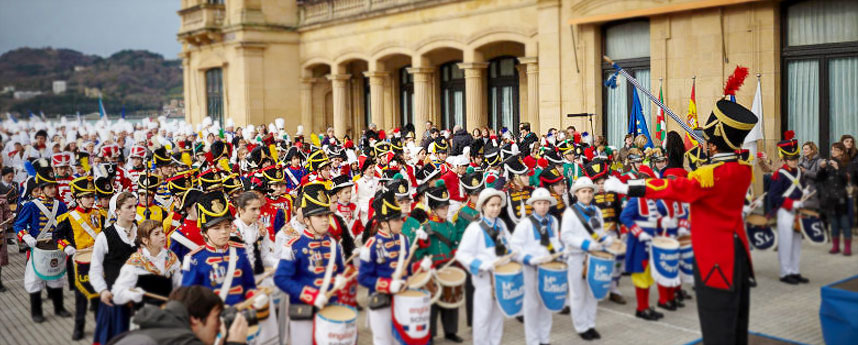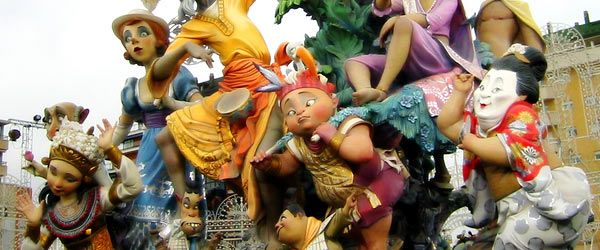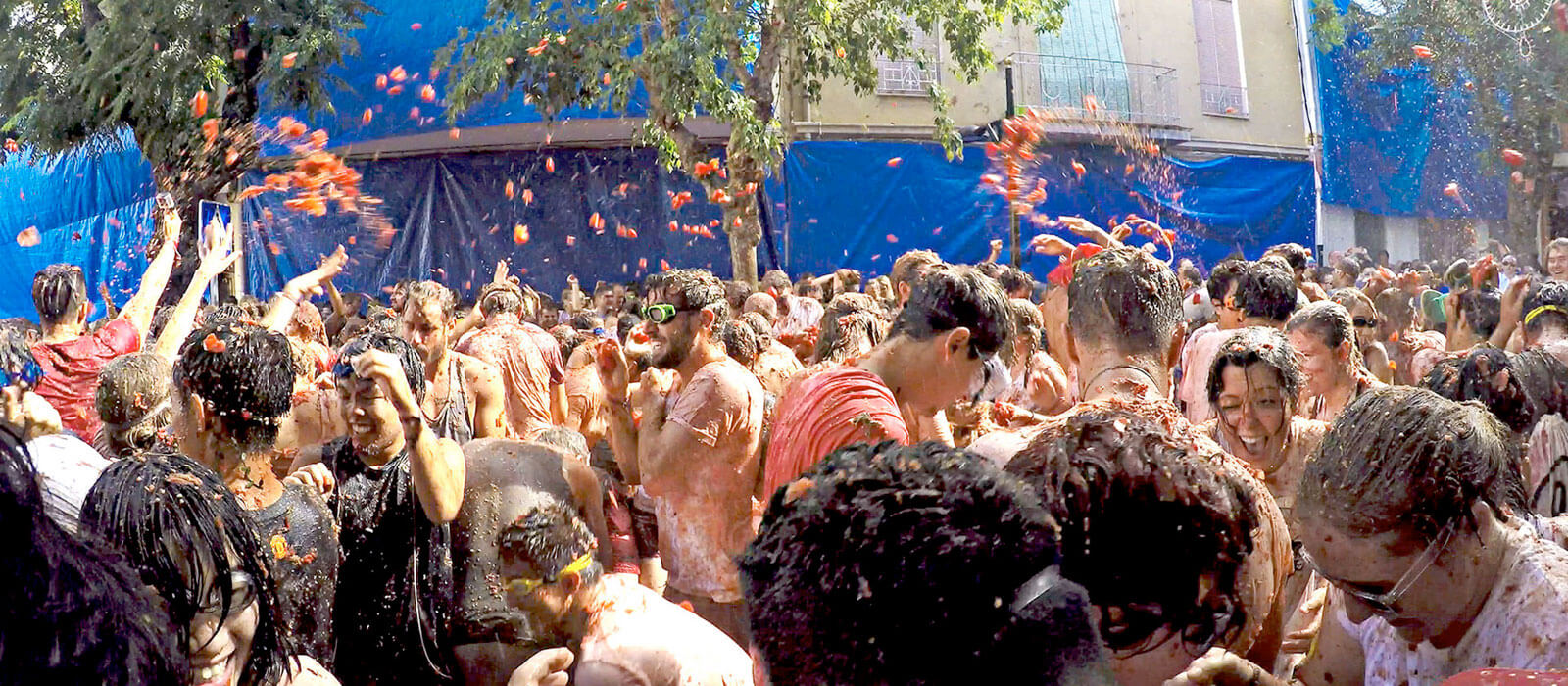The City Festival of San Sebastian, Spain | donQuijote

The city festival of the beautiful city in northern Spain, San Sebastian, is without a doubt the loudest party among Spanish celebrations. But why really? The quiet but touristy city of San Sebastian makes its presence felt on Jan. 20 when hundreds of people walk the streets of San Sebastian with drums.
- The city's celebration is called the "Tamborrada," because it's all about the drums. This is also the immediate reason for being the loudest party in Spain. For an entire day you hear nothing but rhythmic beats on the drum.
- Although San Sebastian pretends to be a small town in terms of size, it is still one of Spain's most famous tourist destinations. The city is located in northern Spain, in the autonomous region of the Basque Country. Its distance of only 20 kilometers from the French border and its beautiful location on the coast makes San Sebastian a must-see of Spain.
Tamborrada
The "Tamborrada" is the city festival of San Sebastian, but it also attracts many tourists. In addition to rhythmic beats to the music, you get to beat the drums like crazy and make as much noise as you can. It started with a procession from Santa María Church to the church in the old part of San Sebastian in the "Antiguo" district. This procession ended with a festive dance accompanied by flutes and drums from the military band. Since that day, the military has been imitated by almost everyone. People dressed as soldiers march through the streets of San Sebastian with drums. Children are dressed as little soldiers from the time of Napoleon and merrily march along. It has become a tradition to dress up as soldiers or cooks. The latter comes from the tradition of dining as adults in sociedades gastronómicas. This used to be open only to men, but today even the strictest clubs allow women in as well, making it a dinner for all adults.
The event begins at noon when the flag is raised on "Konstituzio Plaza" in the old part of town (Parte Vieja). From then on, you will hear nothing but drums for 24 hours. Everyone marches through the city to music in special costumes that often present a country. For example, the special costume of the military in Scotland consists of a red or blue skirt with matching shirt. Thus, each group of people has a different costume. There are basically two programs during these 24 hours: the regulated program, where processions of people make the streets unsafe with their rhythmic noise, and the part where people beat their drums as arrhythmically and unregulated as possible. The music is often marching music to make the feeling of the military as real as possible. Well-known music includes "March of Sebastian," composed especially for the event, "Erretreta," "Tatiago" and "Iriyarena. The celebration ends 24 hours later at 12 a.m. when the flag at 'Konstituzio Plaza' is lowered again.
San Sebastian
San Sebastian is a small city made big (famous) by the city's international film festival and the "Tamborrada. In terms of size, San Sebastian does not really look like a city, but with more than 186,000 inhabitants, it may well be considered a city. San Sebastian is located in the autonomous region of the Basque Country, so people speak Basque and Castilian (just Spanish). It has many city districts, including "Parte Vieja," "Antiguo" and "Amara Zaharra. So in addition to a beautiful coastline, San Sebastian has a great inner city that is definitely worth visiting....



 In Spain, despite great efforts from the biggest department stores to kick off the season in November, Christmas “officially” begins on December 22nd, the day of the Lotería de Navidad (Christmas lottery) prize drawing. Holiday cheer has over time taken a much less religious tone in Spain, a phenomenon that hasn’t been seen as much in Latin America. In any case, Christmas Eve (Nochebuena in Spanish) is a night for getting together with the family for lavish dinners complete with Cava wine and Spanish holiday sweets like turron and mantecados. The 28th is el día de los inocentes (the innocents’ Day), something like a Spanish version of April Fool’s Day, when you can expect people to place unexpected pranks on you.
In Spain, despite great efforts from the biggest department stores to kick off the season in November, Christmas “officially” begins on December 22nd, the day of the Lotería de Navidad (Christmas lottery) prize drawing. Holiday cheer has over time taken a much less religious tone in Spain, a phenomenon that hasn’t been seen as much in Latin America. In any case, Christmas Eve (Nochebuena in Spanish) is a night for getting together with the family for lavish dinners complete with Cava wine and Spanish holiday sweets like turron and mantecados. The 28th is el día de los inocentes (the innocents’ Day), something like a Spanish version of April Fool’s Day, when you can expect people to place unexpected pranks on you. 2. Chile
2. Chile 3. Argentina
3. Argentina 4. Uruguay
4. Uruguay 5. Bolivia
5. Bolivia 6. Dominican Republic
6. Dominican Republic 7. The Tradition of Las Posadas
7. The Tradition of Las Posadas 8. Honduras
8. Honduras 9. Paraguay
9. Paraguay 10. Nicaragua
10. Nicaragua


